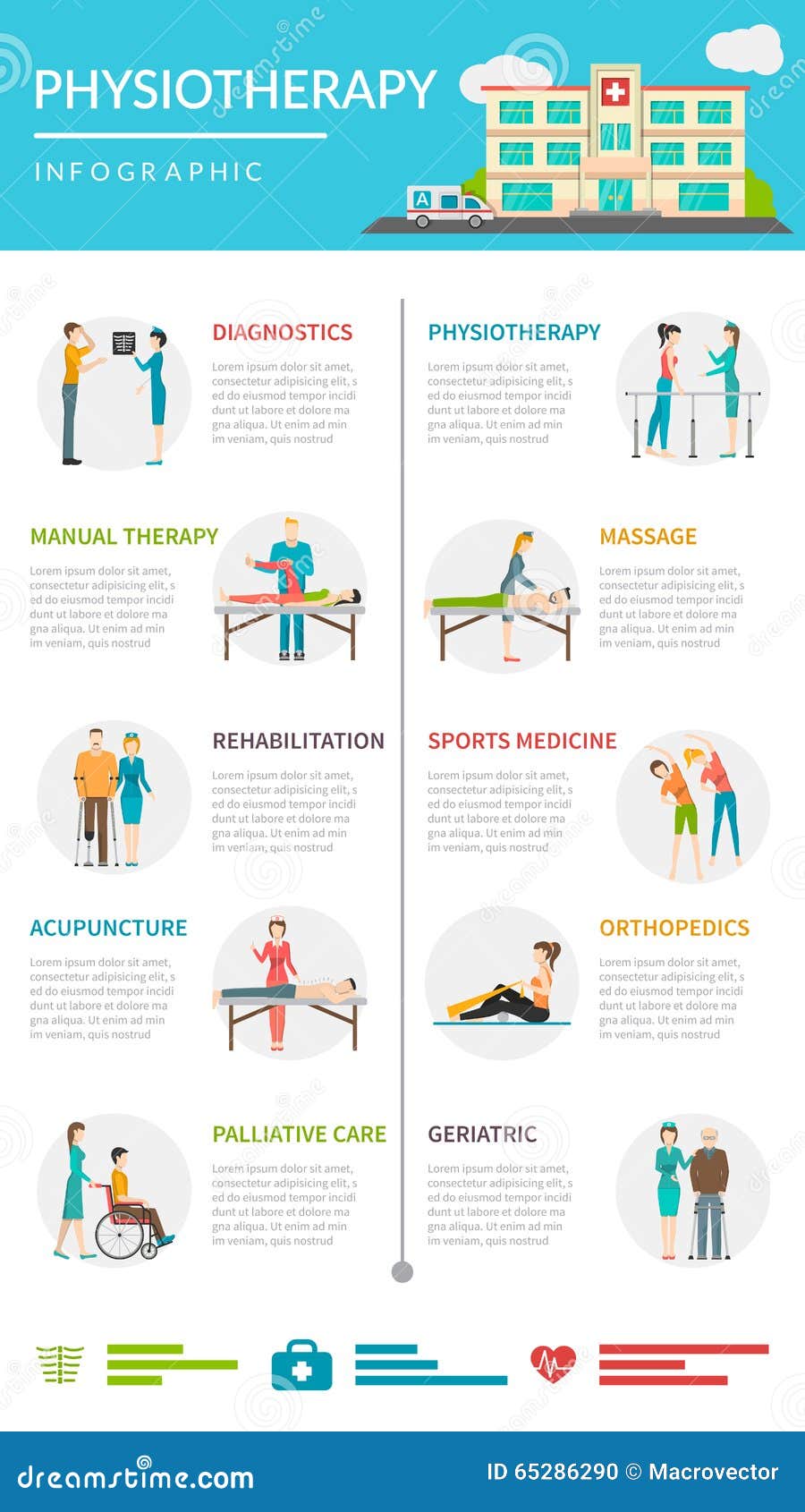Prepare Yourself To Discover The Fascinating Mobile Interactions Of Cold Laser Treatment And Its Use Of Light For The Purpose Of Recovery. Dig Even More Right Into The World Of Science!
Prepare Yourself To Discover The Fascinating Mobile Interactions Of Cold Laser Treatment And Its Use Of Light For The Purpose Of Recovery. Dig Even More Right Into The World Of Science!
Blog Article
Web Content Written By-Jespersen Roman
You may have become aware of cold laser treatment as a promising therapy option for different conditions, yet have you ever asked yourself exactly how it in fact services a cellular level? Recognizing the systems behind this treatment can shed light on its performance in advertising healing and minimizing swelling. By exploring the science behind cold laser therapy, you'll acquire understandings right into the remarkable methods which light can influence mobile procedures and promote tissue fixing.
Just How Cold Laser Treatment Functions
To recognize exactly how cold laser treatment works, you need to understand the basic principles of exactly how light energy interacts with organic tissues. pain management stamford ct , additionally known as low-level laser treatment (LLLT), uses specific wavelengths of light to permeate the skin and target underlying tissues. Unlike the intense lasers utilized in surgeries, cold lasers emit low degrees of light that don't produce heat or create damage to the cells.
When these gentle light waves reach the cells, they're taken in by elements called chromophores, such as cytochrome c oxidase in mitochondria. This absorption triggers a collection of organic responses, including enhanced cellular power manufacturing and the release of nitric oxide, which boosts blood flow and minimizes swelling.
In skin rejuvenation stamford ct , the light energy can also promote the production of adenosine triphosphate (ATP), the energy currency of cells, assisting in cellular repair and regrowth procedures.
Fundamentally, cold laser treatment harnesses the power of light energy to advertise recovery and reduce pain in a non-invasive and gentle manner.
Devices of Action
How does cold laser therapy actually function to generate its restorative effects on biological tissues?
Cold laser therapy, also referred to as low-level laser therapy (LLLT), operates with a procedure called photobiomodulation. When the cold laser is related to the skin, the light energy permeates the cells and is soaked up by chromophores within the cells.
These chromophores, such as cytochrome c oxidase in the mitochondria, are after that stimulated by the light power, resulting in a cascade of organic responses. One crucial device of action is the improvement of cellular metabolic rate.
The soaked up light energy enhances ATP production in the mitochondria, which is vital for mobile feature and fixing. In addition, cold laser therapy assists to reduce inflammation by inhibiting inflammatory arbitrators and advertising the launch of anti-inflammatory cytokines.
This anti-inflammatory effect adds to pain alleviation and tissue healing.
Healing Impacts
Understanding the healing results of cold laser therapy entails acknowledging how the enhanced cellular metabolic process and anti-inflammatory residential properties add to its favorable outcomes on organic cells.
When the cold laser is related to the afflicted area, it boosts the mitochondria within the cells, leading to increased manufacturing of adenosine triphosphate (ATP), which is vital for mobile feature and repair service. This increase in cellular power accelerates the healing process by advertising cells regeneration and reducing swelling.
Furthermore, the anti-inflammatory properties of cold laser therapy aid to decrease discomfort and swelling in the targeted area. By inhibiting inflammatory arbitrators and promoting the release of anti-inflammatory cytokines, cold laser treatment help in alleviating pain and enhancing the overall recovery response.
This decrease in inflammation not just provides immediate alleviation yet likewise supports long-term cells repair.
Conclusion
In conclusion, cold laser therapy works by boosting mobile repair service and tissue regrowth via photobiomodulation. Its anti-inflammatory residential properties offer pain alleviation and minimize swelling by hindering inflammatory moderators.
This therapy supplies a thorough approach to recovery, delivering both immediate relief and long-term tissue repair service benefits.
With its systems of action, cold laser treatment shows to be an effective and encouraging therapy choice for a range of conditions.
